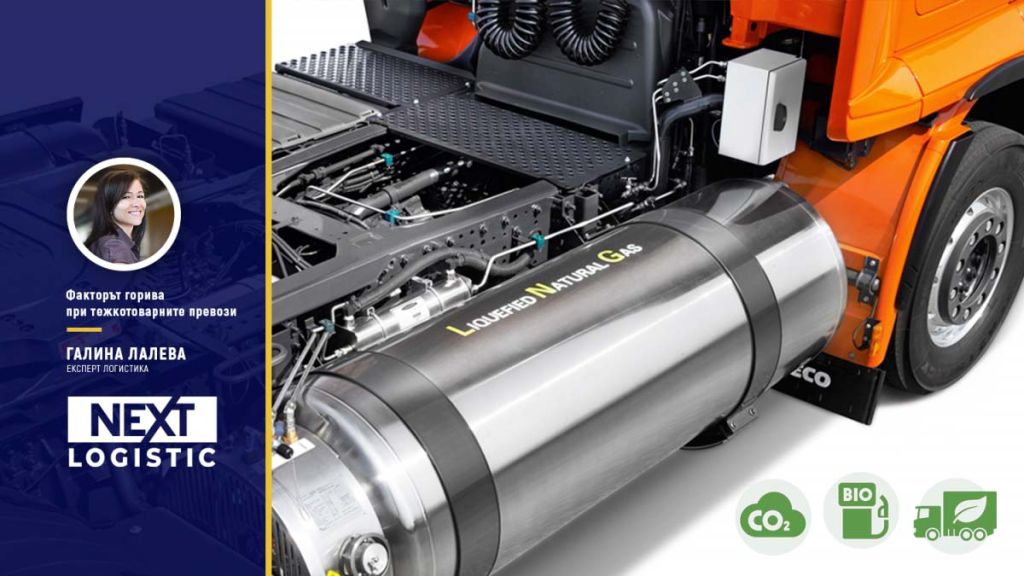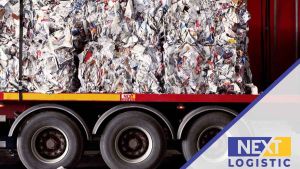The fuel factor in heavy-duty transportation
Fuel accounts for over one-third of carrier expenses. It is therefore only natural that companies constantly seek ways to reduce these costs. However, cheaper fuel alone is not a sufficient factor in this direction.
Fuel-efficient driving plays a particularly important role. Investing in truck eco-driving courses is an excellent solution. Instructors claim that improving driving style can reduce consumption by 2 to 5 liters per 100 km, and a good truck becomes even better thanks to its driver.
Another important aspect is the proper maintenance and loading of the truck. Correct tire pressure minimizes rolling resistance, while adding spoilers can improve aerodynamics by 6 to 8%. Last but not least, proper engine care – including regular oil changes and the use of higher-quality fuel – is essential.
In general, statistics show:
- The minimum fuel consumption for a typical 40-ton European 4×2 tractor-trailer (2015 model) is 33.1 liters per 100 km on long-haul routes.*
- For a 12-ton 4×2 solo truck (2015 model), the consumption is 21.4 liters per 100 km for urban deliveries.*
* With available technologies, there is a potential to reduce fuel consumption by 27% on long-haul transport – down to 24 liters per 100 km. The corresponding average annual reduction is 3.1% from 2015 to 2025. Furthermore, by applying well-known but not yet widely used technologies, efficiency improvements could achieve a 43% reduction in long-haul fuel consumption by 2030.
Let's pay attention to alternative solutions to reduce costs.
Heavy-duty vehicles are responsible for one-quarter of all CO₂ emissions from road transport in the European Union and for 5% of the EU’s total greenhouse gas emissions. Technologies available on the market for heavy-duty vehicles reduce fuel consumption and CO₂ emissions of modern trucks by double-digit percentages. Moreover, transport companies can save costs per truck in their fleets and reduce carbon emissions if optimization targets not only the engine, but the vehicle as part of an integrated transport system for “clean” deliveries.
The number of natural gas-powered vehicles operating on European roads has already exceeded 1.4 million, according to the latest 2019 report by the Natural & Bio Gas Vehicle Association (NGVA Europe). The refueling infrastructure is well developed, supporting a network of stations for compressed natural gas (CNG) and liquefied natural gas (LNG). Both the vehicle fleet and the gas station network are constantly expanding across Europe, the Association adds.
Whether compressed or liquefied (CNG or LNG), natural gas is mainly methane, which, in addition to being extracted from the ground, is increasingly being produced from renewable sources – in the form of biomethane and synthetic natural gas. Natural and renewable methane can be mixed without limitation, enabling a gradual and flexible transition to carbon neutrality, i.e., net-zero CO₂ emissions.
CNG and LNG technologies can reduce greenhouse gas emissions by up to 95%, representing an important asset for both the environment and the industry.
The fuel consumption of heavy-duty natural gas trucks is significantly lower compared to diesel trucks, while maintaining the same operational performance. The range on a single tank is between 500 km and 1,500 km. Heavy-duty natural gas trucks are designed and engineered to perform practically all road transport tasks, with limited off-road capability – for example, in the construction sector. In addition to the remarkably low fuel consumption of the engine, modern trucks are equipped with other fuel-saving features such as gear optimization systems, driver performance evaluation, low-resistance tires, and many more.
Extended service life is another advantage of natural gas vehicles, alongside their cost and environmental benefits. Methane engines are extremely quiet and can nearly double engine life, thanks to the physical and chemical properties of methane.
Drivers, as a valuable asset to transport companies, benefit from significantly reduced noise and vibrations in the cab. When refueling, increasingly better levels of speed and safety are achieved.
Share
Contact us
Fill out the form to request transportation services.
We will contact you as soon as possible.






